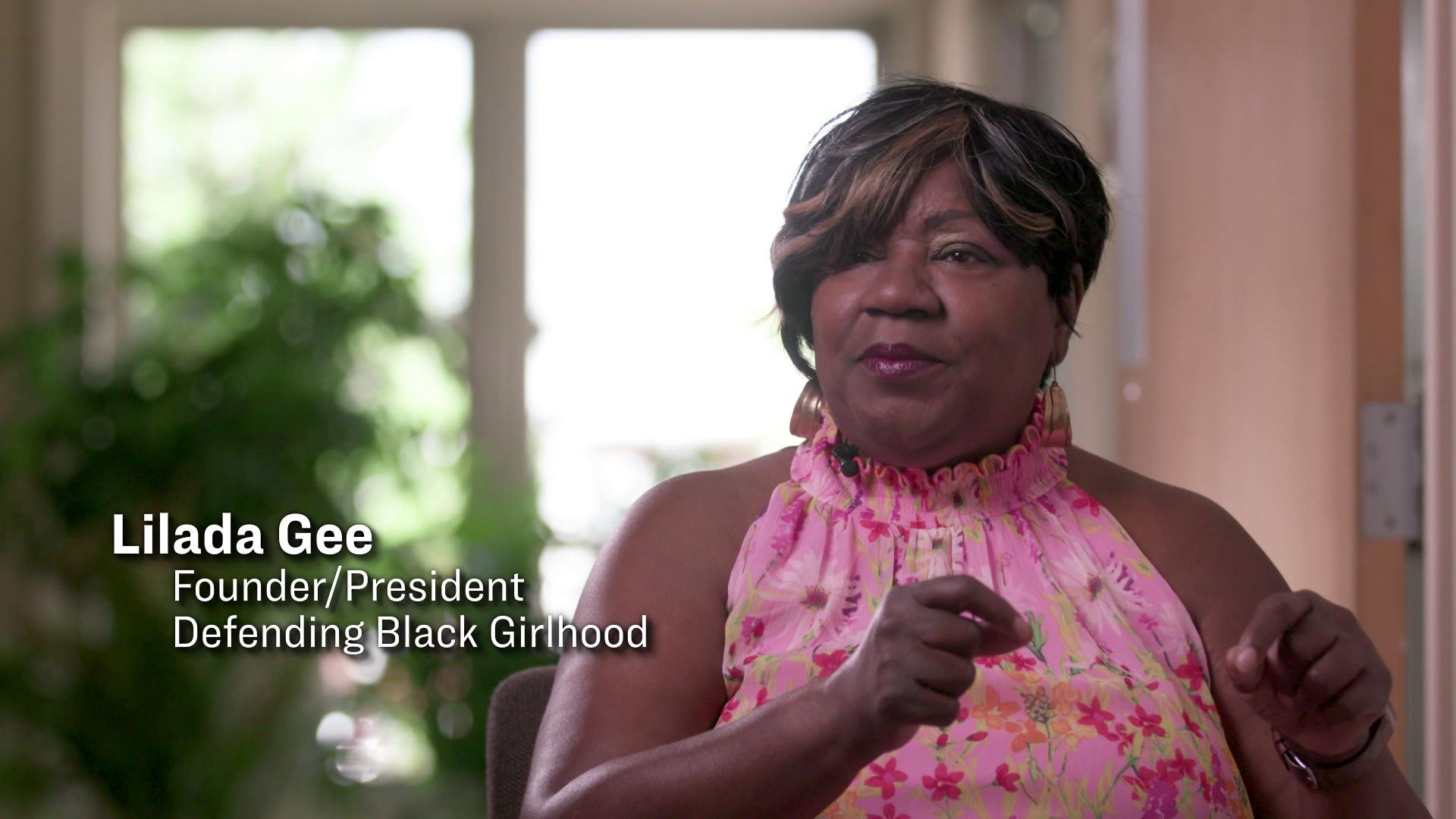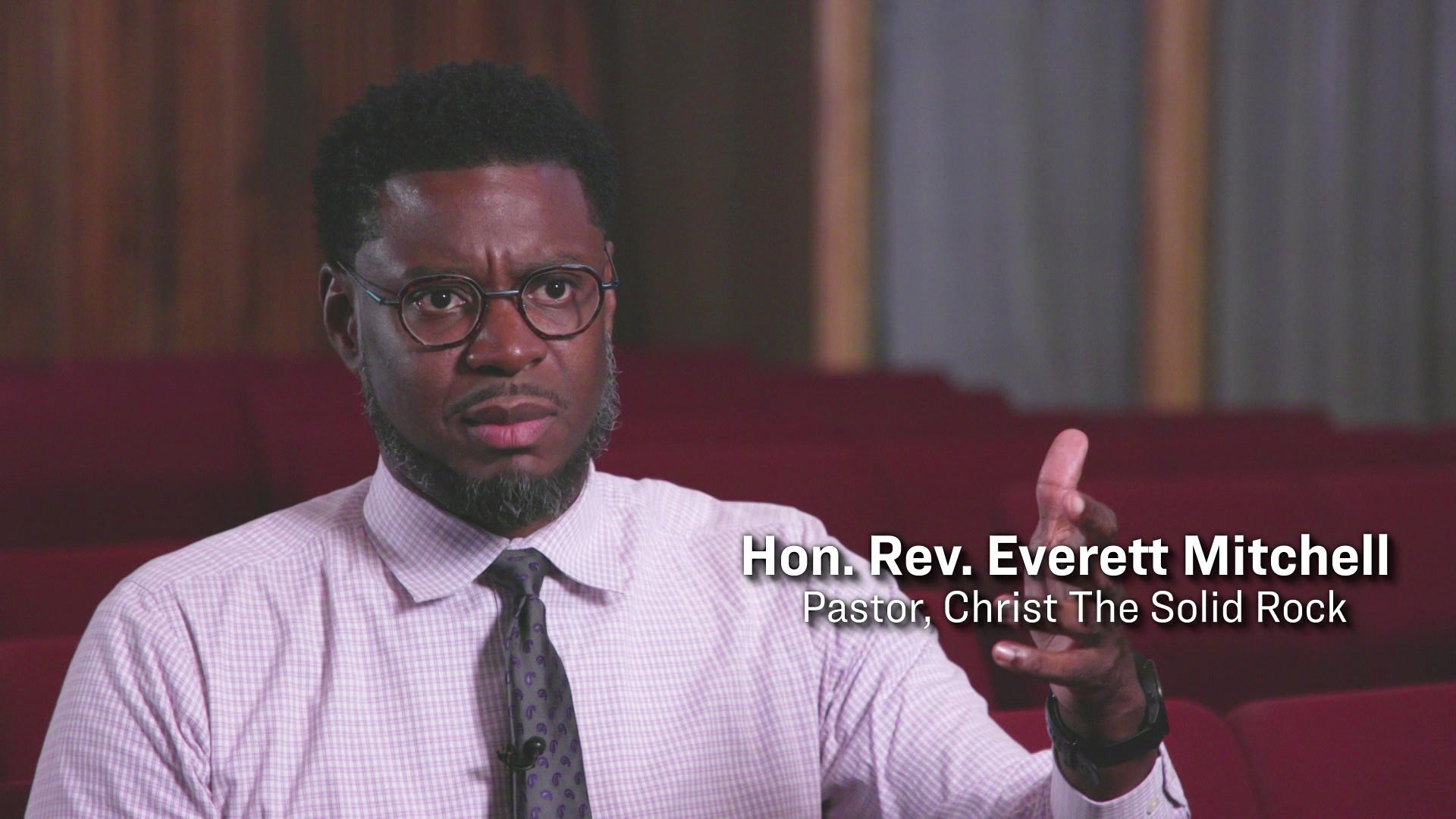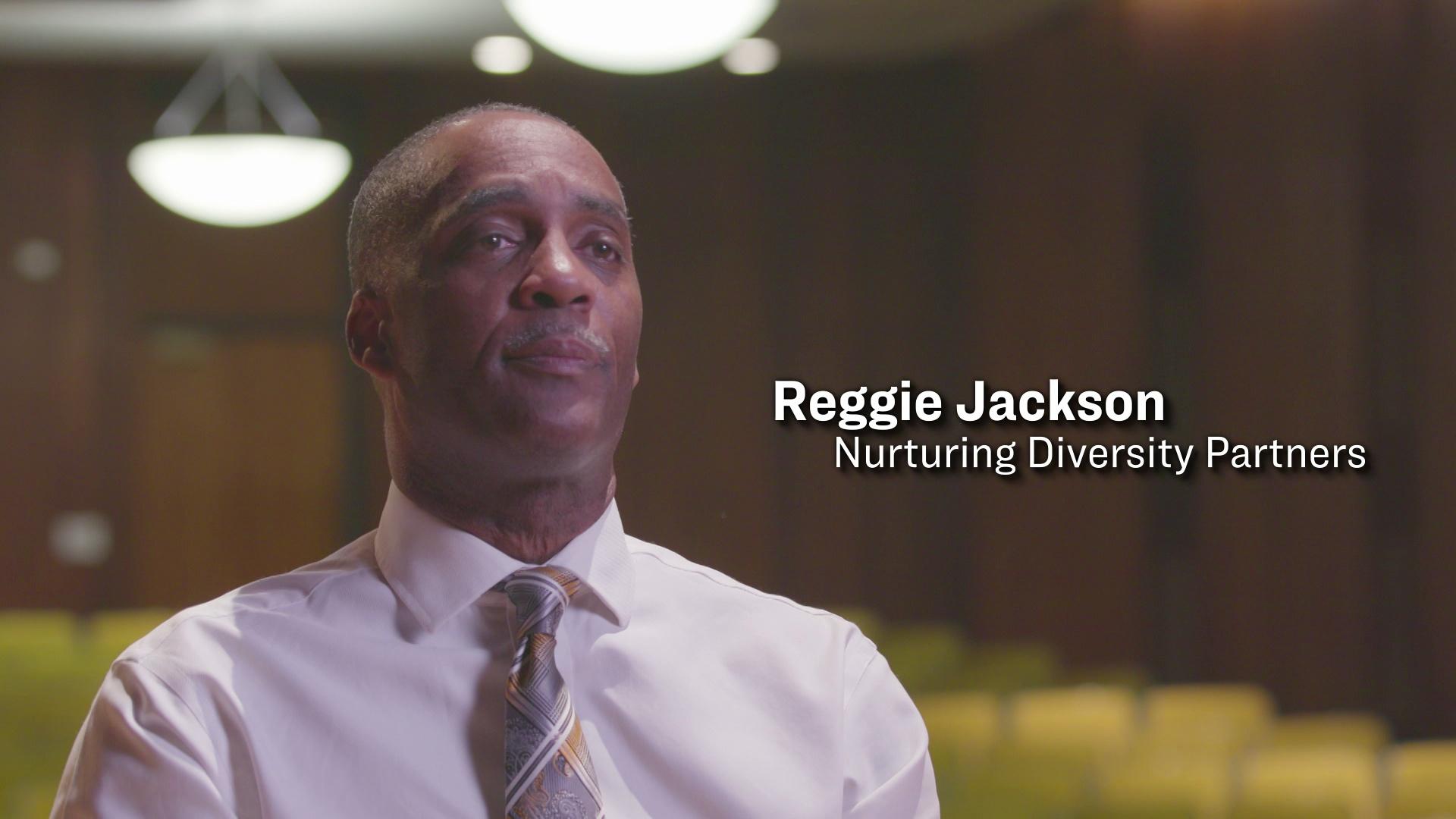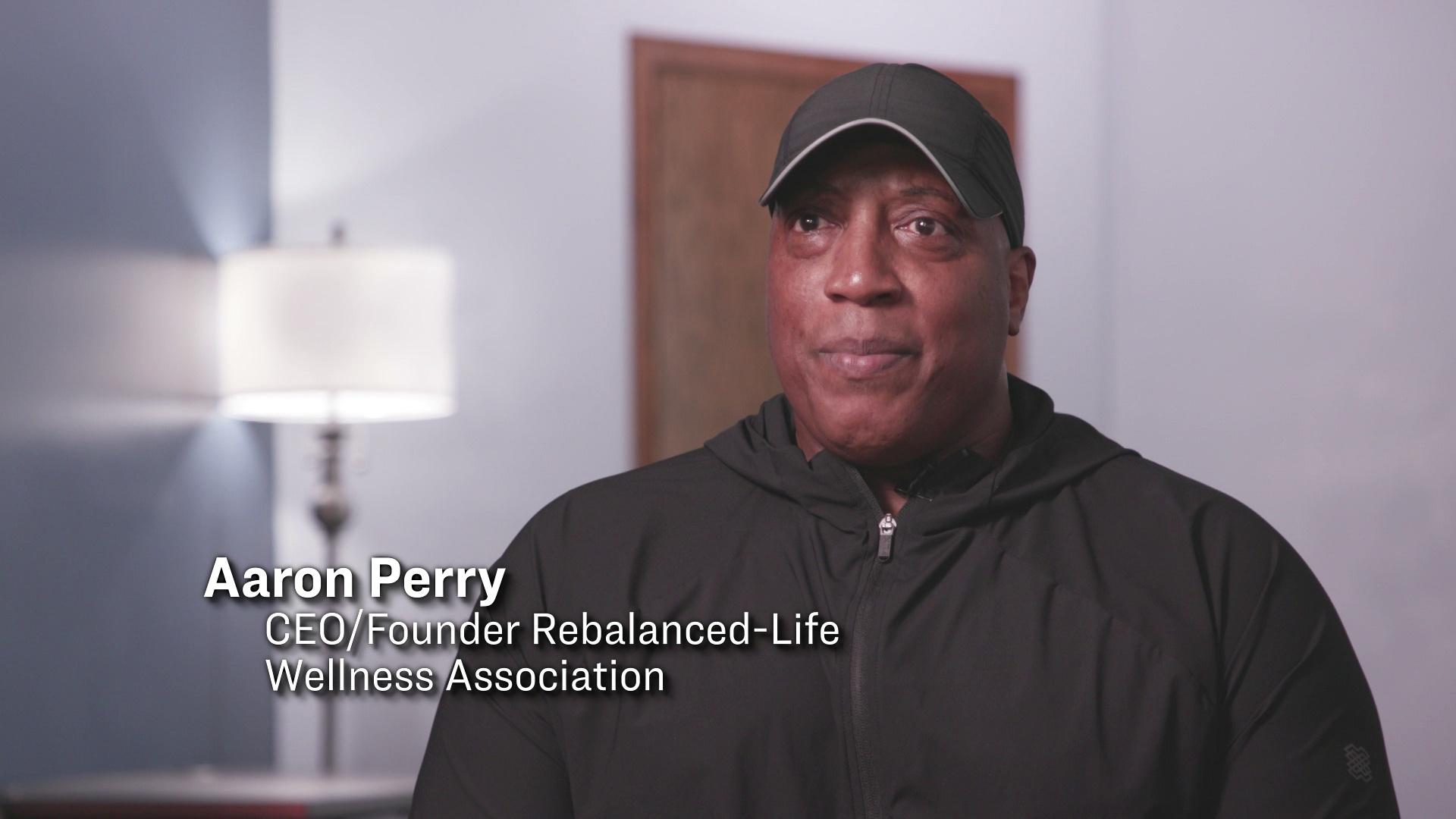Anne Bonds on how racially restrictive covenants emerged
UW-Milwaukee geography professor Anne Bonds explains how racially restrictive covenants shaped housing segregation by blocking African Americans and other groups from purchasing and renting homes.
By Nathan Denzin | Here & Now
October 4, 2023
VIDEO TRANSCRIPT
Editor's note: If you have watched this or any other Wisconsin in Black & White report, please share your feed back in a survey at pbswisconsin.org/wibw-survey. Thank you.
Anne Bonds:
Racially restrictive covenants began emerging after a key court case in 1917, which essentially struck down the practice of what is called racial zoning. So racial zoning was a practice that took place in some US cities. Milwaukee didn't have a formal racial zoning ordinance. I'll return back to that in a moment. But the court case basically said that cities couldn't designate certain parts of the city and say, "Only Black people can live here." So that was in 1917. Racial zoning is struck down and what we really see is that, you know, in that wake, they become much more widespread, restrictive covenants did. In fact, in some instances, they're referred to as private zoning. So they became widespread throughout many US cities, in fact, all across the country, really gaining momentum in the 1920s and the 1930s into the '40s. And what we see is language varies from region to region and city to city according to the specific racial context in cities. But what we know from scholars is that by 1928, about half of all homes that were owned by white people in the United States had some sort of a racially restrictive covenant. So these were extremely widespread and used specifically for segregationist purposes.
Nathan Denzin:
Was there a certain race of people or color of people that was specifically targeted by most of these?
Anne Bonds:
Yep, absolutely. Some covenants will list other races or ethnicities, but by and large, covenants were specifically targeting African Americans. And in fact, you know, we can tie in certain areas, especially in northern cities like Milwaukee, how they were used as mechanisms to specifically target Black Americans as Black Americans were migrating to northern cities during the Great Migration. So yes, some covenants will list a whole range of ethnicities or religions. Jewish folks were targeted by these. But in Milwaukee, we find that the language is very specifically, we don't see the listing out of ethnicities like we might see in other cities. We see that, at least at this point in our efforts to document all the racial covenants, that they primarily use the language of no person other than the white race or Caucasian race may, you know, live on this property, or specifically language that uses, excuse the language and terminology, but colored or Negro. So this property may never be conveyed, leased, or sold to a colored person. That's a common phrase we also see in Milwaukee.
Editor’s note: If you have watched this or any other Wisconsin in Black & White report, please share your feed back in a survey at pbswisconsin.org/wibw-survey. Thank you.
 Passport
Passport











Follow Us